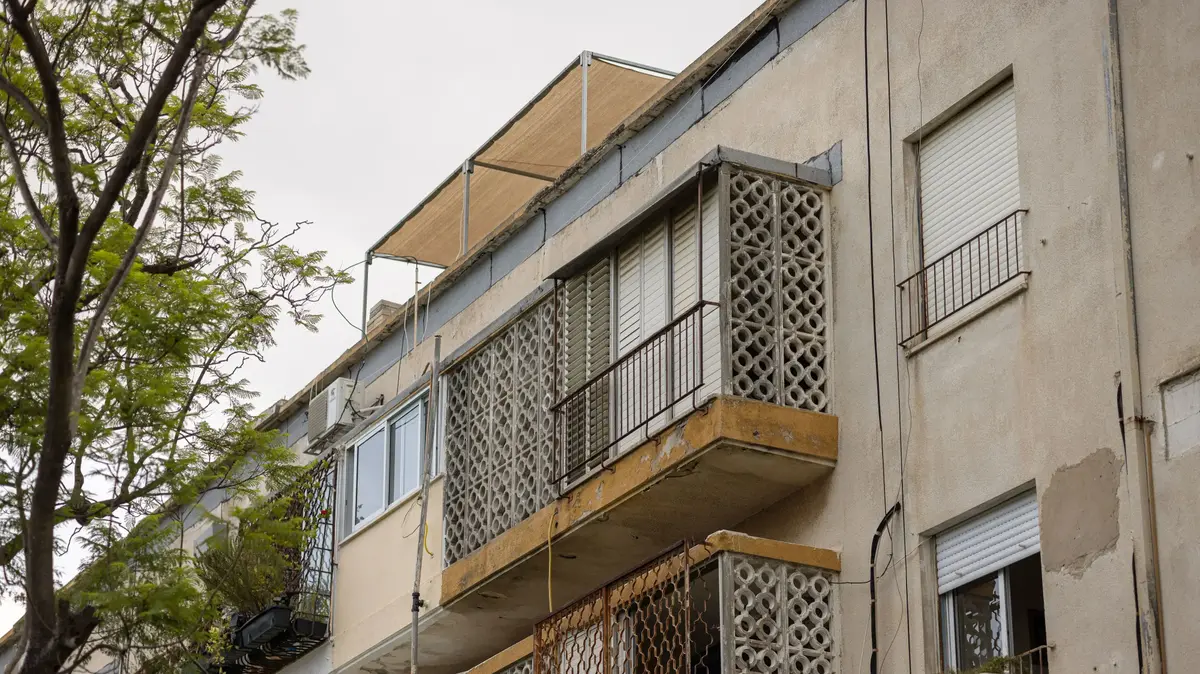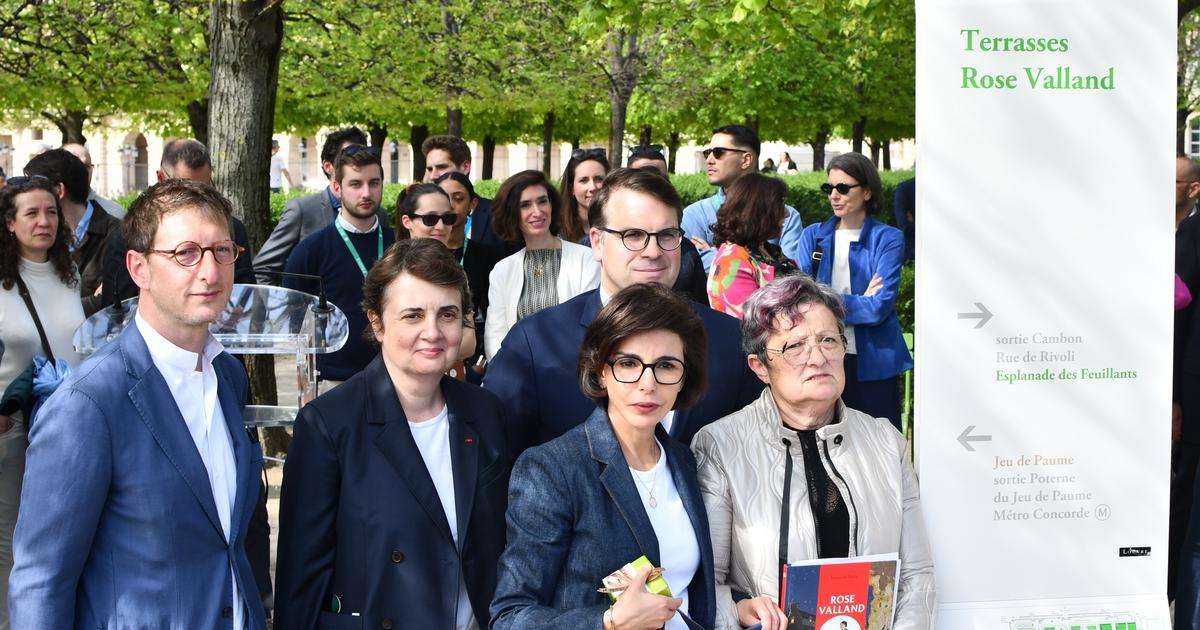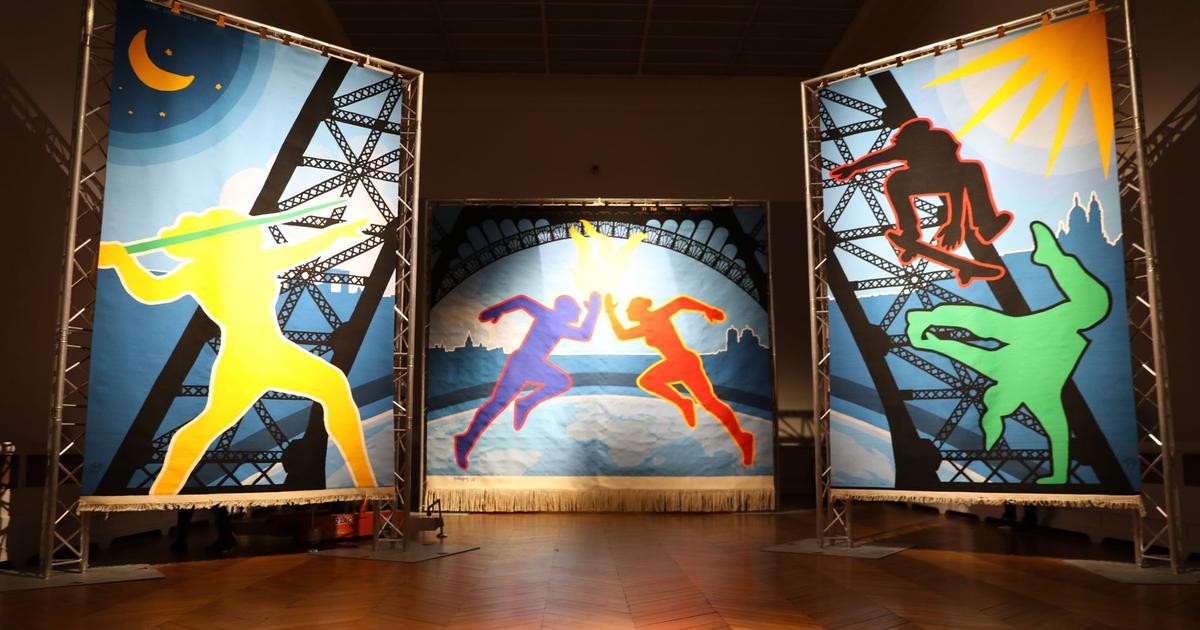On September 10, 2010, in a customs check carried out on a train that went from Zurich to Munich, the German police intercepted a guy who had more than 10,000 euros in cash in his pocket.
His name was Cornelius Gurlitt.
Thanks to subsequent investigations, it was discovered that he had hidden around 1,500 works of art from the late 19th and 20th centuries, with signatures such as Pissarro, Cézanne, Monet and Otto Dix.
In the world of art collecting, the news caused a stir because the works came largely from looting and looting of Jews in the first half of the 20th century. A process of restitution of works was opened to relatives of the victims. Now a similar case has come to light.
The Art Newspaper
has published the news that the Louvre Museum hides (despite itself) a Nazi tapestry of 30 square meters that represents a heraldic eagle adorned with a swastika, in addition to bearing the initials of Adolf Hitler and a quote from
Mein Kampf
: "Whoever wants to live must fight." The continuation of the Hitler proclamation is not woven into the tapestry, but says that those who do not fight "have no right to exist."
The 30-square-meter tapestry containing a Nazi slogan from Hitler's 'Mein Kampf' National Grand Palais Museums and Louvre Museum
The wool and silk tapestry is woven with gold threads weighing 3.5 kilos.
The Art Newspaper
wonders where the Nazis could have found such a quantity, as no official document on the tapestry clearly answers the question. It is highly probable that the raw material was jewels confiscated from Jews deported to concentration camps, or even gold teeth from those victims. But there are also doubts about that origin. The creation date inscribed at the bottom of the tapestry is 1942, the year in which the Nazi leaders decreed the Final Solution at the Wannsee conference, according to which they were to exterminate the entire Jewish population of Europe.
The publication also questions how a Nazi tapestry could be incorporated into the Louvre collections, and how such a voluminous piece has managed to remain hidden. According to French and American archives, the work arrived in 1949 at the American army collection point in Munich, where works transferred during the war were collected. Initially, it was speculated that it had been embroidered in the workshops of the Gobelins in Paris, but an investigation by Commissioner Rose Valland that year determined that it had been made at the factory in Nymphenburg, just outside Munich.
Notes from Elie Doubinsky, the French representative at the collection point, certified that the 3.5 kg of gold contained in the tapestry had been provided by the Nazi Party.
Once the connection to the Nymphenburg factory was evidenced, it was determined that "France had no rights to this work", but even so the manager of the collection point, the American Stefan Munsing, ordered that the tapestry be sent to France.
In this way he arrived in Paris on June 9, 1949, to be entrusted to the Louvre a short time later.
Cornelius Gurlitt in Munich, Germany, in November 2013. Goran Gajanin / Action Press / Pa
It is clear that the tapestry does not belong to the Louvre, although it was deposited there as part of the program of
Musées Nationaux Recovery
(National Recovery Museums), which accumulates some 2000 works recovered in Germany in 1945. These are objects supposedly from France whose owners did not return from the war. Therefore, the piece does not come from France but is part of the MNR. These works must be accessible to the public, which "excludes prolonged conservation." In this case, however, it has never been exhibited and no color photographs have been published.
Contacted by ICON Design, the Louvre has not responded.
The Ministry of Culture is silent in this regard.
Until last month it was described in MNR records as "probably looted", but five days after inquiries from the London newspaper the label changed to "not looted" as the tapestry itself (sent to France, although not created in France), has not been the victim of looting or forced sale.
Hermann Goering and Adolf Hitler examine a painting in what is likely to be the Nazi party's 'Entartete Kunst' (Degenerate Art) exhibition intended to illustrate that many artists were unworthy of the "master race." Library of Congress
In any case, we are faced with a piece that nobody wants and over which the doubt of whether it should be preserved.
The Art Newspaper
wonders if the Louvre is the appropriate repository, with a historical museum perhaps its best haven. Along these lines, the Deutsches Historisches Museum in Berlin would be his natural home, as it contains a considerable collection of Nazi objects and has the knowledge to sensitively store and display such items under proper conditions.
"The concentration camps today are museums, and it is good that this is so because they are very important to verify how abominable the holocaust was, and they help us to understand it and to prevent it from happening again," explains historian Daniel Gutiérrez Ardila, trained in Paris. "If with the disappearance of the tapestry the tragic destiny of the victims could be restored, it would seem great to destroy it, but with the destruction we do not change the destiny." Many of Gurlitt's recovered works have been curated in various exhibitions.
The historian believes that “this tapestry is a document that can help to understand how a detestable, dictatorial, force-based political project was arrived at, and gives a clear idea of what they did. I don't think it should be exhibited in a museum like the Louvre. The ideology it shows does not allow us to see it as art, it is stained, of course, but it should be exhibited in a history museum while preserving that pedagogical function ”.
It is difficult for the tapestry to be exposed, mainly because of how it glorifies Hitler, but also because of its enormous size.
According to
The Art Newspaper
, if the gold is destroyed and recovered, it would now be worth around 200,000 euros.
Munsing, that American official, already assured in 1949 that the tapestry "lacks artistic value", its "only value is made up of the gold thread."
The French Ministry of Culture responds that “obviously, it is not about destroying it”, since the tapestry represents “an element of history”.
Illustration from 'An Album of Germany's National Flags and Arms' (1935) .Print Collector / Getty Images


/cloudfront-eu-central-1.images.arcpublishing.com/prisa/KWUQSQKTDXNFKSUDZHDLLYB3JA.jpg)






